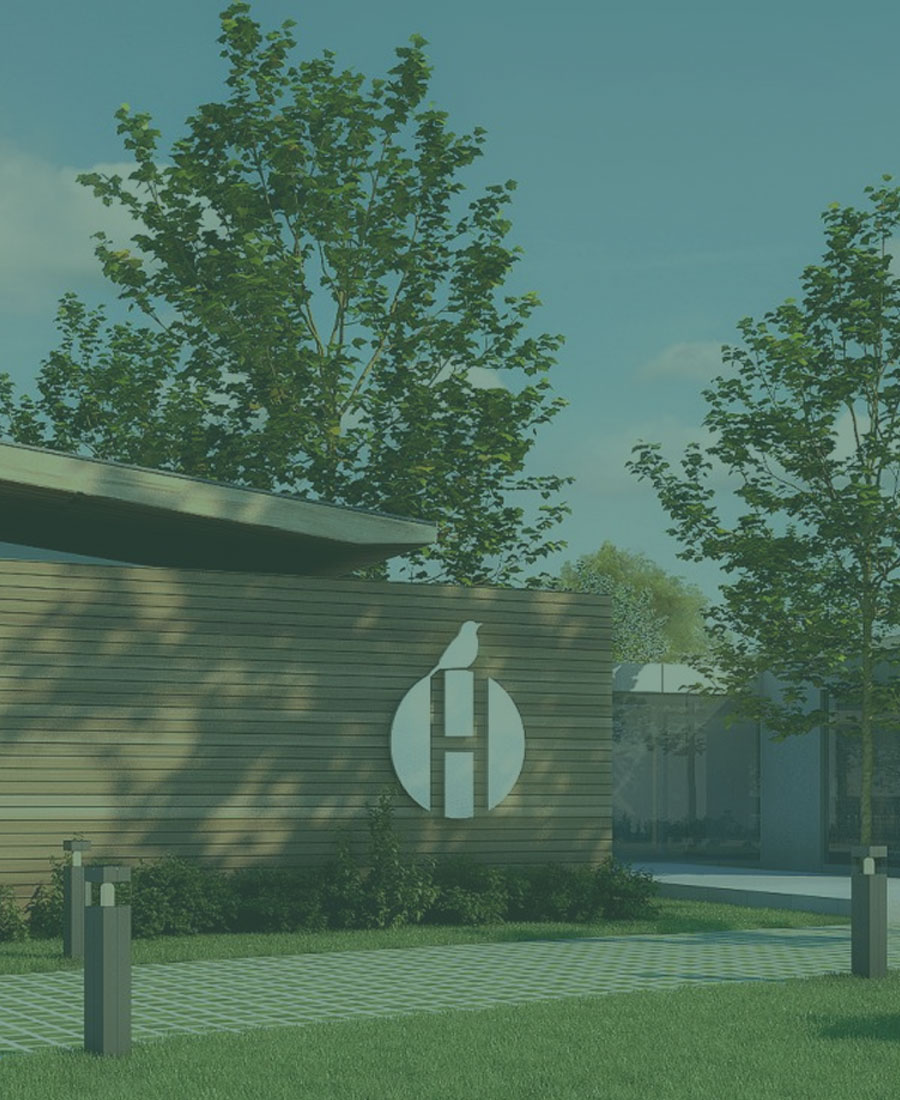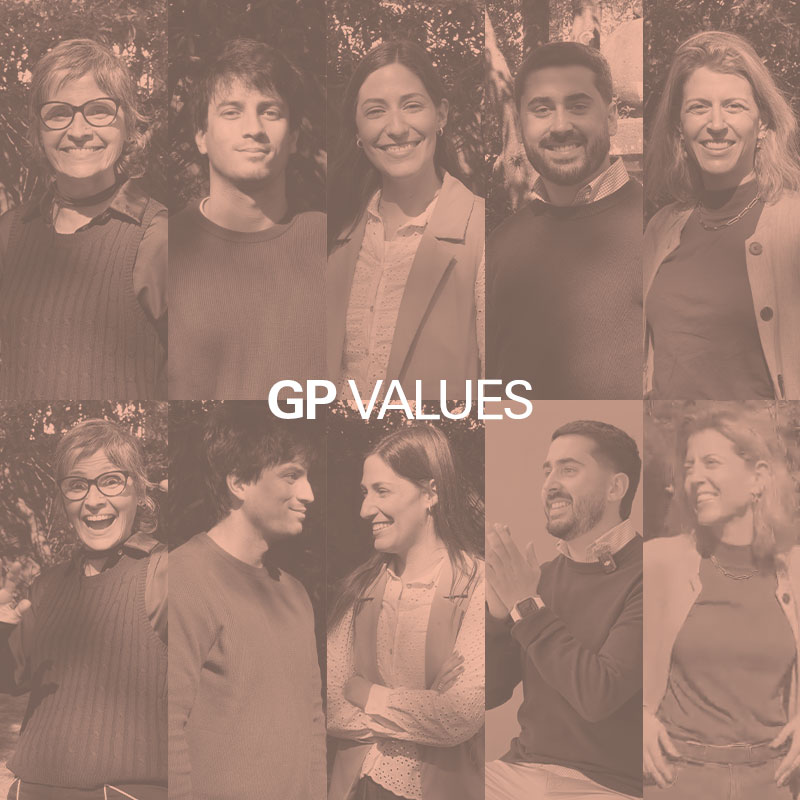Architecture and New Technologies: A Story of Evolution
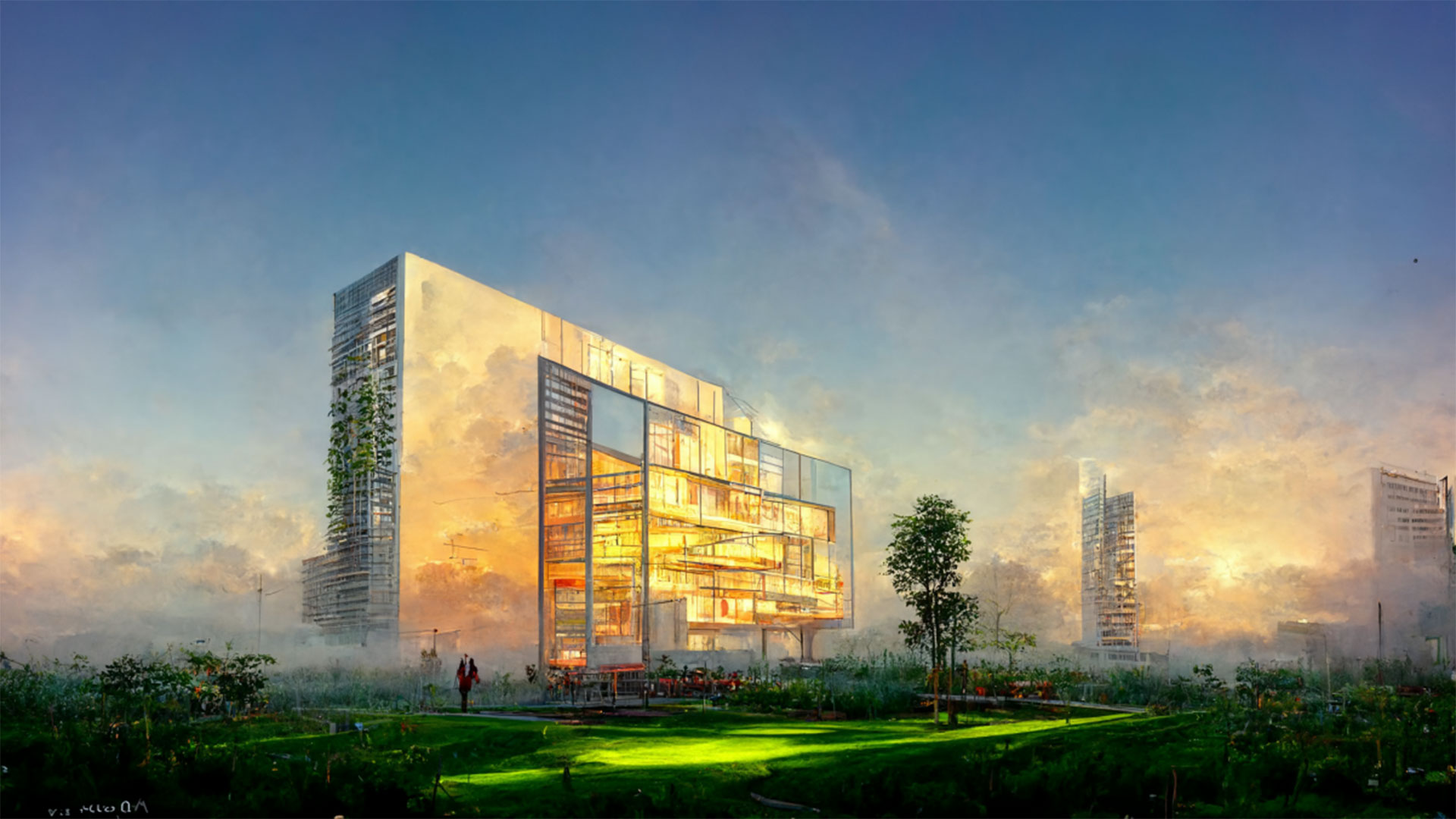
Reading time: 8 minutes
From the invention of the wheel to the latest update of the Metaverse, technological advancement has always propelled architecture towards new horizons that previously seemed impossible to conquer. In just a couple of decades, the digital era has transformed design, marketing, and even the human experience of inhabiting and interacting with space in all areas of our lives.
This expansive and exponential change has brought with it new advantages and facilities for the architect's work, but also new challenges related to the need to incorporate the latest tools and concepts to stay up-to-date in a constantly evolving context.
Embracing change is one of our most important maxims, which is why, from Gómez Platero Architecture & Urbanism, we want to bring into the conversation the most recent technological inventions, key to understanding where we are and where we are going in relation to design, rendering, and the conceptualization of architecture and urban planning projects.

Launched in 2021, DALL-E emerged as an innovative tool powered by artificial intelligence (AI), capable of creating realistic images and original art from a natural descriptive phrase. OpenAI, the company behind this and other AI-related projects, has the support of tech world personalities like Elon Musk and funding from Microsoft investors, who invested 1 billion dollars in this young and disruptive company.
Its name comes from the mix between the artist Salvador Dalí and WALL-E, the friendly animated robot from Pixar.
In its second iteration called DALL-E 2, this AI system significantly improved the visualization, speed of delivery, and realism of the images it produces, also offering the possibility to agilely edit the images it generates.
DALL-E 2 can add or remove elements taking into account shadows, reflective surfaces, and textures.
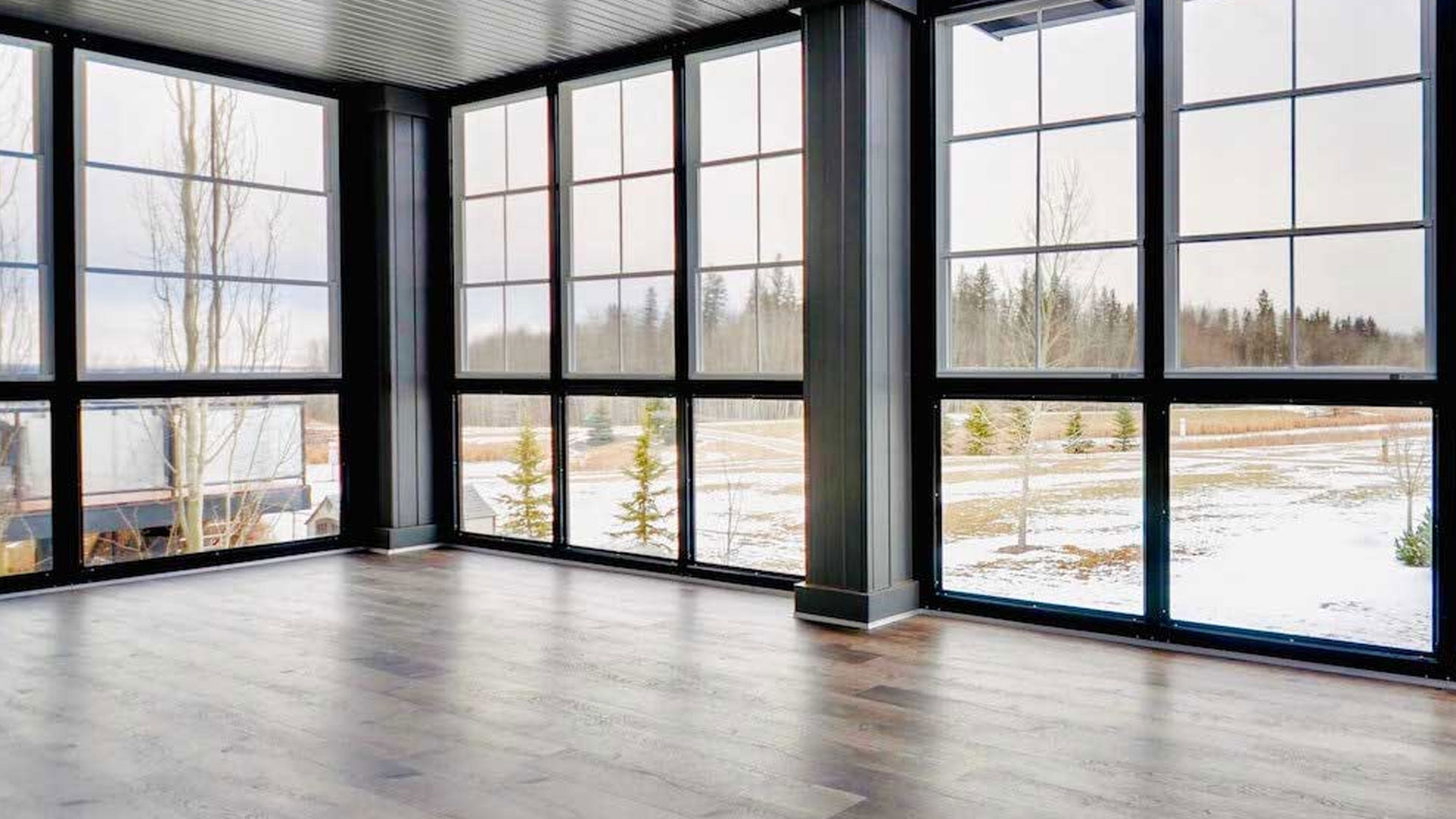
This is how an empty space generated in DALL-E 2 looks:
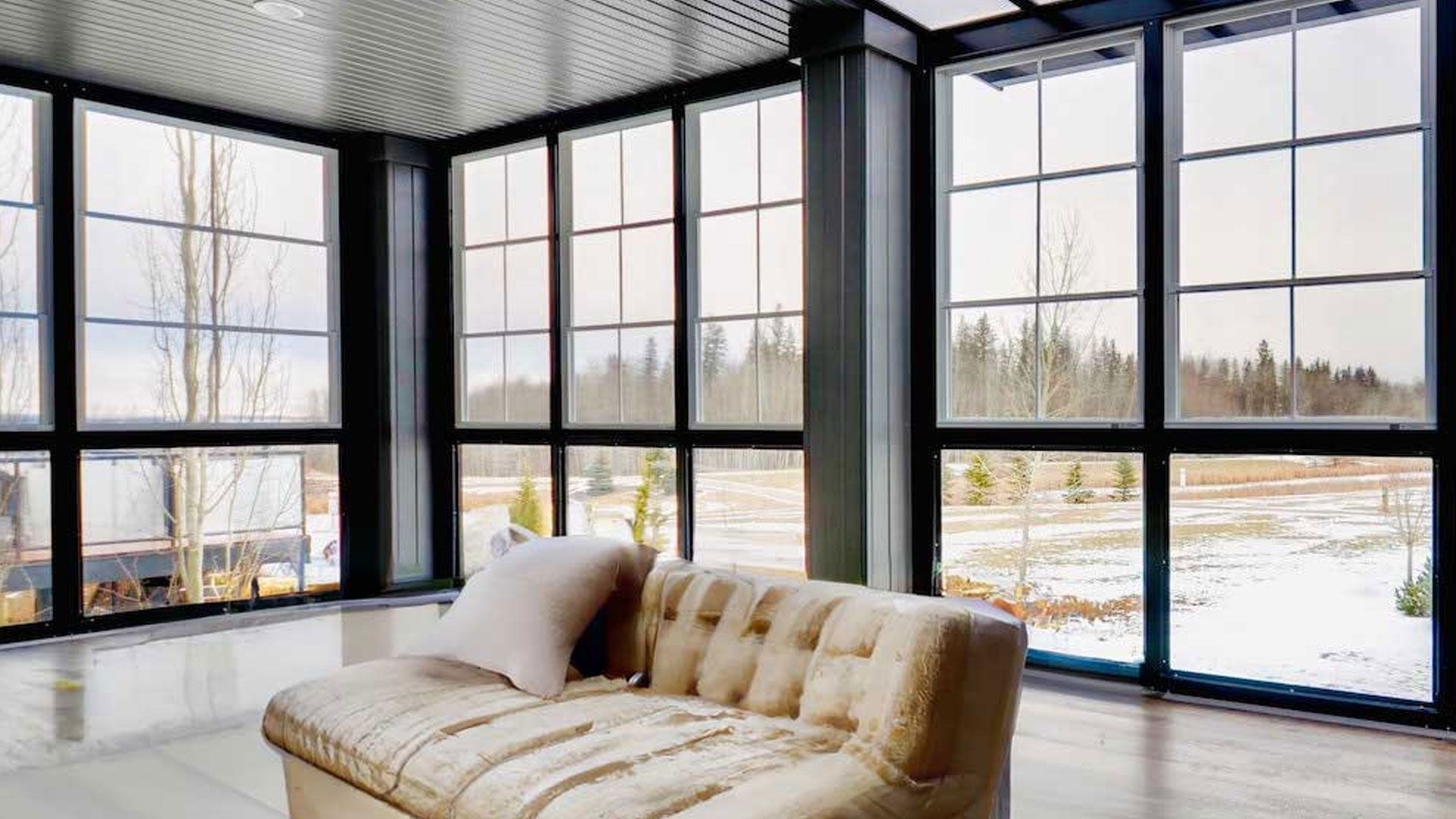
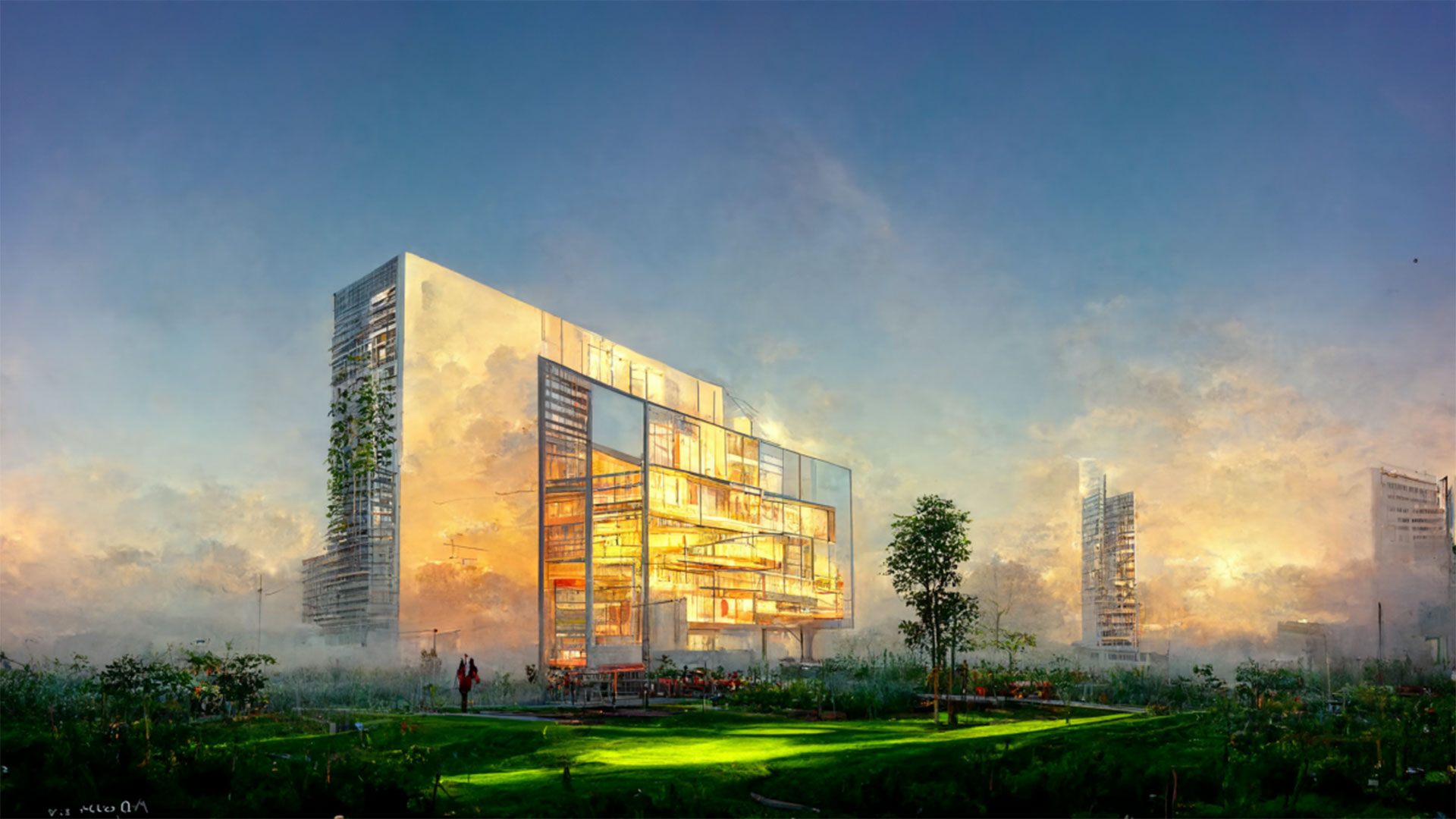
And this is how the same space looks, with new elements added by DALL-E 2: Midjourney: Similar to DALL-E, Midjourney is an independent research laboratory and also the name of its artificial intelligence program with which users can create images from texts.
Since July 13, 2022, Midjourney opened its beta version to all those interested in using its tool through Discord, the popular instant messaging service.
Midjourney offers some substantial differences compared to DALL-E in terms of its iteration capability and image resolution. This tool offers unlimited adjustments and the ability to use images created by other users to construct new originals.
How do these tools relate to architecture?
The emergence of text/image AI models like DALL-E or Midjourney represents a particular breakthrough in the world of three-dimensional space visualization. This opens a new space for the implementation of this type of automation in the world of architecture and urban planning never before anticipated.
Like all new technology, there are many considerations and evaluations that we must take into account in the face of the imminent development of AI in architecture. First, it is safe to clarify that AI will not replace architects.
According to willrobotstakemyjob.com, a site that has been collecting information since 2013 on the degree of susceptibility of different professional roles to automation, the role of the architect only has a 3% probability of being absorbed by AI, similar to that of a sales executive (4%) or a lawyer (5%).
Like the role of the architect, all these jobs depend on a high level of human interaction to develop correctly and do not usually fall into repetitive or easy-to-systematize tasks.
However, this does not mean that automation and AI do not have their place in architecture. These tools have the potential to revolutionize the design processes and creation of projects and have the necessary elements to reach new levels of productivity, similar to what happened with the implementation of Building Information Modeling or BIM.
In the future, AI and architecture are not opposed but can enhance each other, and tools like DALL-E or Midjourney will shorten the distances between our imagination and the possibility of visualizing and carrying out any project.
